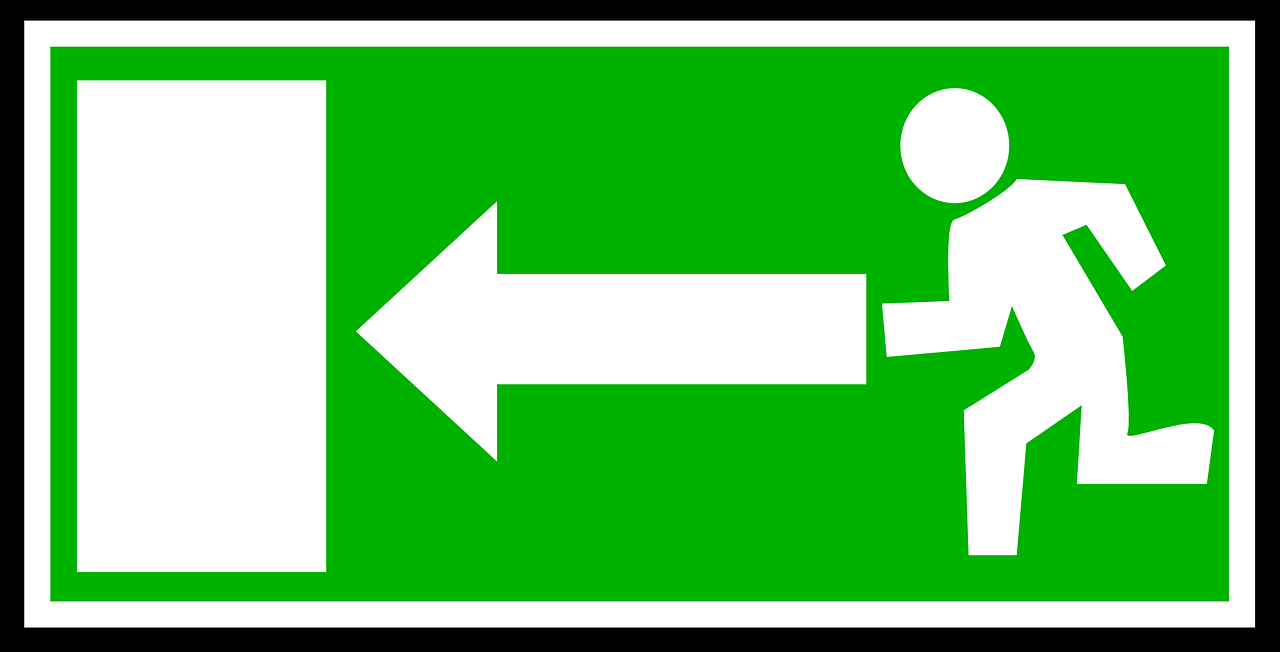Training is the key to preventing fires and keeping staff safe
Harry Woodage is an expert in fire safety and electrical systems at Allsaved. Here he discusses how businesses can improve staff safety from the risk of fire and ensure that employees understand what’s required of them in the event of a fire outbreak.
Every year in the UK there are around 22,000 fires in non-residential properties, of which a large number occur in the workplace. Around a quarter of accidental fires are caused by faulty appliances and cables, while misuse of equipment is another leading cause of fires, along with smoking-related incidents. Retail distribution companies and industrial premises are the most at risk of fire breakouts, while food outlets – including restaurants, pubs and takeaways – are also in the high risk category.
Whatever the business, it’s essential to protect staff by putting in place robust fire safety plans, and training staff to understand what they need to do in terms of preventing fires, and if the worst happens and a fire does break out.
As well as the risk of injuries and fatalities, failure to comply with fire safety regulations can hit businesses in the pocket, with fines and even imprisonment of up to two years imposed.
Earlier this year, a care home company received a huge £250K fine when it was prosecuted under the Regulatory Reform (Fire Safety) Order 2005 for fire safety offences following a 2015 arson incident. Fire safety failures at St Michael’s Hospice Hastings and Rother, based in St Leonards, East Sussex, included a lack of evacuation training and equipment. The company admitted two fire safety breaches. In sentencing, Judge Christine Henson described the failures as ‘obvious and avoidable’, adding that mock evacuation and basic training would have helped identify some of the deficiencies.
Time for training
Since the introduction of the Regulatory Reform (Fire Safety) Order 2005, all non-residential premises have been required to carry out a fire risk assessment. These assessments ensure that appropriate fire safety prevention measures, such as correctly-located and working fire alarms, fire extinguishers and fire doors, are put in place. Plans should also include recommendations for fire protection systems, equipment, evacuation protocols and record keeping. Many companies now call in fire safety professionals to carry out these assessments to ensure that their business complies with all the regulations and that staff are properly protected when they’re at work.
Once fire safety equipment and procedures are in place, it’s vital that staff know what to do in an emergency situation, and this is where good training comes in. Everyone in the organisation should realise that they have a personal responsibility for fire safety – it’s not simply a matter for designated fire marshals.
It’s up to companies to ensure their staff are aware of emergency procedures and that employees are required to cooperate with measures to make the workplace safe from fire risk. Employees must also agree not to do anything that could place themselves or others at risk. Businesses, meanwhile, must ensure that their employees are provided with appropriate information, instructions and training about fire safety, preferably as part of a job induction, and this training should be refreshed from time to time during their employment.
Consider a course
Appointing a fire marshal, or fire warden as they’re also known, is an important first step for businesses. Marshals should be responsible for checking fire precaution measures and ensuring that fire risk assessments are up to date. It’s well worth sending fire marshals on an accredited training course.
Every building and work environment is unique so it’s also worth considering an accredited training course for staff, specifically tailored to suit the needs of the individual company. As well as classroom-based learning, some professionals can deliver online training courses, many of them interactive with questions at the end to check your knowledge. At the other end of the spectrum, some fire safety experts offer hands-on learning. For example, giving trainees an opportunity to use fire extinguishers and tackle real fires in a controlled environment.
Staying safe
A well-trained workforce should be able to activate the nearest fire alarm; be aware of how to evacuate the building quickly using the nearest safe exit; and be able to tackle a fire using the nearest fire extinguishers if it is safe to do so. Regular fire drills are a good idea to give employees a chance to practise the skills they’ve learned.
Preparation is the first line of defence and good training programmes can have a huge impact on reducing risk and damage from fire in the workplace.

